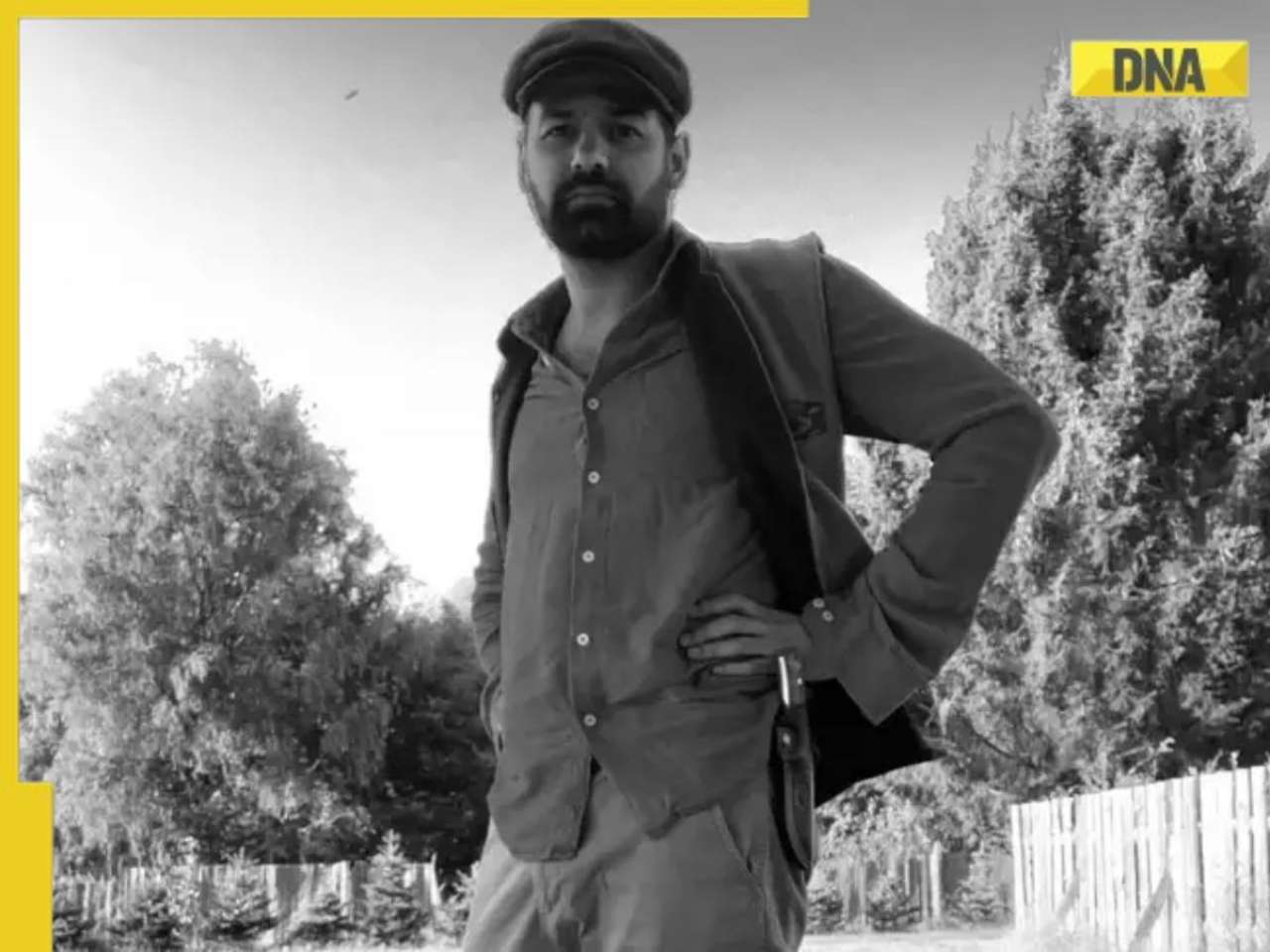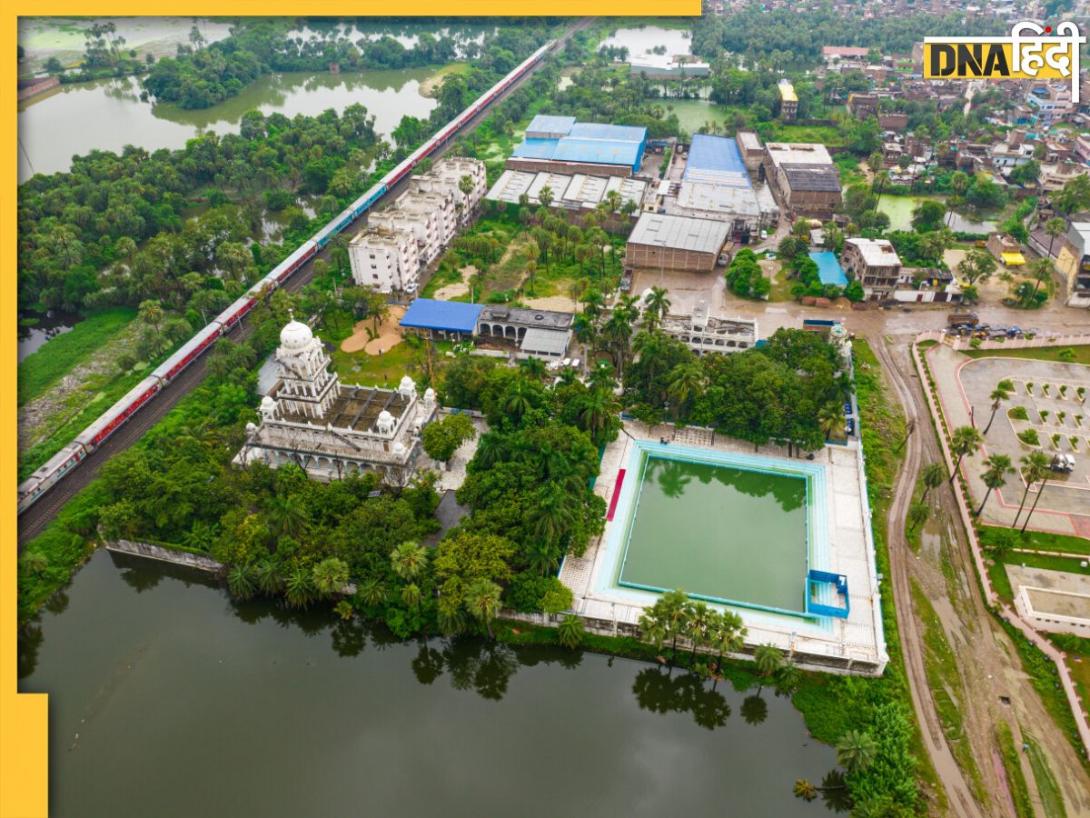- LATEST
- WEBSTORY
- TRENDING
BANGALORE
Water on moon detected by India's own MIP: ISRO chief
According to ISRO chairman G Madhavan Nair, the "quantity found by India's own Moon Impact Probe (MIP)is much larger than what was expected which is a real finding". and "real discovery".
TRENDING NOW
The presence of water on lunar surface was detected by India's own Moon Impact Probe (MIP) on Chandrayaan-I, a finding confirmed by US space agency NASA which also had an instrument onboard the craft, ISRO chairman G Madhavan Nair said here today.
By establishing the presence of water signatures on moon, the country's maiden lunar mission made a "path- breaking" and "real discovery", Nair said at a press conference here. The MIP while descending from Chandrayaan-I to moon, picked up strong signals of water particles, he said.
"However, the signatures of waters are not in the form of sea, lake or even as a puddle or not even a drop. You cannot pick it up just like that," he said. "It is embedded on the surface in the minerals and rocks and we have clear indication that the hydroxil (OH) as water molecules are present on the surface, may be at least for a few millimetres," he said.
According to Nair, the "quantity found is much larger than what was expected which is a real finding". Apart from India's MIP, the Moon Mineralogy Mapper (M3) of NASA on board Chandrayaan-I also confirmed the presence of water.
Nair said that he disagrees with the "media version that Chandrayaan-I crashed or failed. Earlier, I had said the mission was a 95 per cent success. Now I say it is 110 per cent success."
Chandrayaan-I mission launched in October last year was aborted prematurely last month ending its two year life span. Nair said "while the moon impact probe landed, it took nearly 25 minutes. It took some pictures that indicated these water molecules. Another instrument HYS1 to map minerals also helped NASA'S M3 in finding water."
On whether water can be extracted from the moon surface, Nair said, "Yes, if we have novel techniques but from one tonne of soil we may get only half a litre of water and that is a real challenge."
ISRO Principal Scientist JP Goswami said that the MIP had picked up strong signals of water particles towards polar region from 70 degree latitude to 80 degree latitudes.
The scientists, he said, had indications of the finding "way back in June" but waited all these days to make it public as they wanted the findings of such a global significance to come out in a scientific journal first.
"The volume of data collected from Chandrayaan-1 is phenomenal. Our computers in ISRO and NASA are filled up with information. It may take six months to three years to analyse it," he said.
The discovery that can have various implications on planetary exploration in future has been confirmed by data from two NASA spacecraft—the Visual and Infrared Mapping Spectrometer on the Cassini spacecraft and the High-Resolution Infrared Imaging Spectrometer on the EPOXI spacecraft.
The discovery has shown that water molecules and hydroxyl were found at diverse areas of the sunlit region of the moon's surface, but the water signature appeared stronger at higher latitudes.
Nair said, there is a strong hypothesis that the water could have been formed due to interaction of oxygen present in rocks and soil on moon with hydrogen in the form of protons emitted by the sun as a result of nuclear fusion.
"This (finding of water) could be a small step towards human colonisation. Whatever data we had indicated that there is no life on moon," he said.
Following the data found, ISRO would look at a mid-course correction of the Chandrayaan-II mission objective, Nair said, adding ISRO had received various proposals for payloads to be carried in the project. "Right now Chandrayaan II is full. We have to finetune it," he said.
On the findings, Nair said that the NASA instrument caught the signature very clearly, which was supported by "our instruments and confirmed by two other satellite data".
"This is the first time in space research that (presence of) water is confirmed. It has shattered the thought that the moon was bone dry," Goswami said.
Elaborating on implications of the finding, Goswami said "any planet which does not have atmosphere, magnetic field, gives free access to solar wind indicating that the presence of water might not just apply to the moon going by the solar wind theory but also perhaps to others in the solar system".
On advancing Chandrayaan-II, Nair said that a time frame of minimum two to two and a half years is required. To this Goswami added, "We will not hurry up."








)
)
)
)
)
)
)
)
)
)
)
)
)
)
)































































